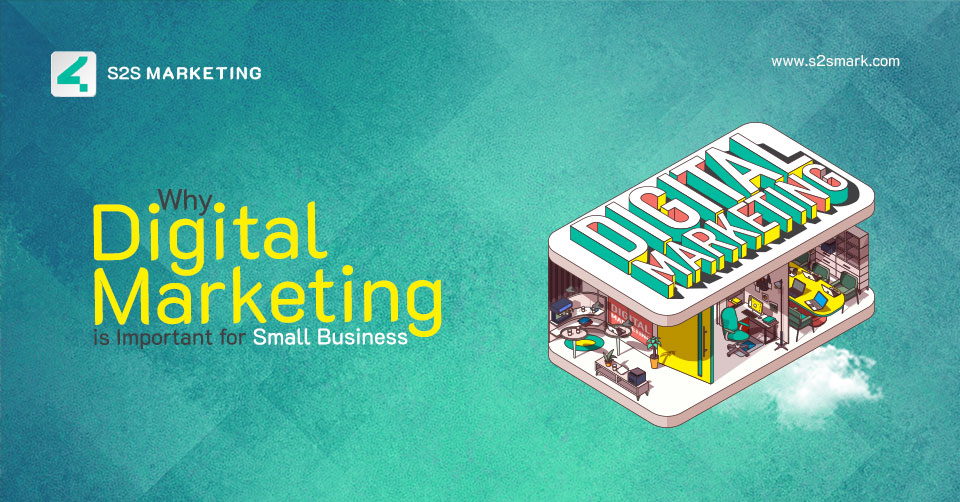We have discussed the advantages of the marketing and gaming mesh as long as bringing in good examples of how it is implemented. In this final installment, it seems only fair to discuss and give examples of how this mix has also failed.
With a sizable variety of video games and consoles launched each year, the accomplishment of specific products is partly determined by the accomplishments of their consumer marketing. Even substandard games or consoles will sell well if they receive some good advertisements and promotions. Meanwhile, excellent games can be overlooked over time if they are not sufficiently promoted.
However, in their pursuit to generate additional revenue, businesses can make severe marketing mistakes. In these cases, the promotions harmed their products instead of helping them.
Dante’s Inferno – The Entire Campaign
Despite being considered among the best horror games on the PSP, Dante’s Inferno failed to gain momentum in the gaming industry, which is most likely due to the game’s poor marketing. One of the most notable stunts was when EA recruited actors to stage a fictitious protest of the game at the 2009 E3 Conference.
However, that specific occurrence represents just the tip of the iceberg. Mailing boxes that played Rick Astley’s “Never Gonna Give You Up,” asking attendees at that year’s San Diego Comic-Con to “commit acts of lust” with models, advertising a bogus service that allowed people to steal “their best friend’s girlfriend,” and other promotional stunts were also part of the campaign.
PlayStation Portable – Racist Advertising
Speaking of the PSP, the console itself is not immune to horrible marketing decisions. To promote the new “ceramic white” PSP, Sony put an advertisement on billboards in the Netherlands that depicted a white woman holding a black woman’s jaw accompanied by the text “PlayStation Portable White is coming.”
Although a Sony spokesperson said that the ads didn’t have an offensive message, it is difficult not to see the racist implications of the advert.
Sniper Ghost Warrior Contracts 2 – Anti–Middle Eastern Propaganda
Several reporters were welcomed to the Strategic Operations facility, which is intended to be a training center for armed services, law enforcement, and medical teams, to “honour” the release of the 2021 stealth tactical shooter Sniper Ghost Warrior Contracts 2. The place, which was originally used as a movie set, is currently being utilized for “counter-terrorism” training.
Journalists who were present were outraged about being forced to photograph actors wearing conventional Arab attire inside of sets which highlighted an incorrect image of the Middle East. After the event, the game creators, CI Games, quickly apologized and clarified that the facility hadn’t listened to their proposal for having the actors wear the apparel from the game.
Resident Evil 6 – Questionable Meat in Butcher’s Shop
It’s one idea to see human body parts devoured in a video game, but it’s quite another to witness something similar in everyday life. In late 2012, to advertise the release of Resident Evil 6, which was among the series’ worst games, Capcom decided to open Wesker & Son, a butcher’s store in London that sold meat shaped like human body parts.
Emma Thomas, also known as Miss Cakehead, organized the shop and is known for other similar stunts such as the Steve Jobs-inspired cake shop that sold an edible Mac laptop. Despite the fact that this butcher shop was only open for a few days and did not sell actual human meat, it caused quite a stir due to how disturbingly realistic the meat was.
Conclusion
To end, now we have experienced all sides of video game marketing be it in a positive light and a negative light. This is bound to change in the coming future to be one of the most accurate and best ways to advertise. It is in the hands of the advertising company which campaigns should be applied where and a simple mistake of inaccurate placement could throw a whole game’s worth in the trash. This means millions of dollars on production as well as marketing.
Research must be done to see if the marketing campaigns align with the game’s core.





